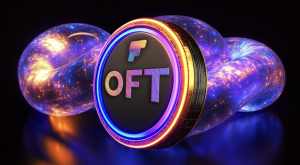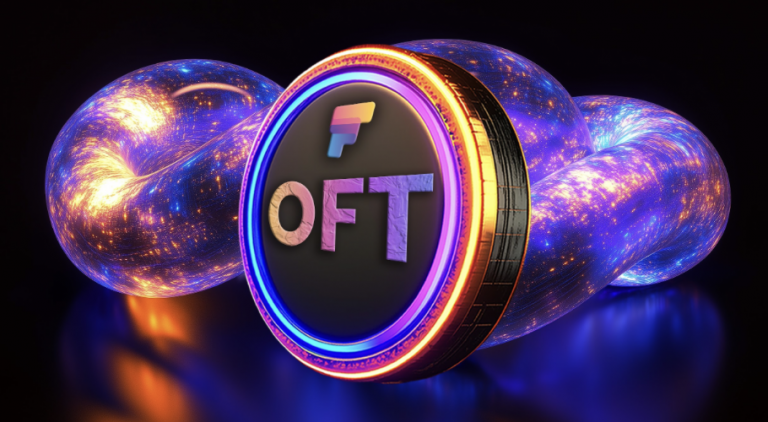
Not without some controversy and tense moments, the 119th US Congress was officially sworn in, with Republicans dominating both chambers for the first time in six years.
Trump-backed Mike Johnson was re-elected as the US House Speaker on the first ballot in a 218-215 vote on Friday.
Many in the cryptocurrency community were quick to praise the new administration, even before Donald Trump’s inauguration later this month, including Ripple’s CEO.
Today, here in the US, we welcomed the 119th Congress—better known as the most pro-crypto Congress in history.
The journey is just beginning, but you can’t deny the energy & excitement already building across the industry. Let’s get to work.
— Brad Garlinghouse (@bgarlinghouse) January 3, 2025
Shortly after the elections in early November, Garlinghouse noted that US-based cryptocurrency projects had benefited the most from Trump’s landslide victory as the Biden administration and the SEC, in particular, had suppressed many such businesses. This was evident from the skyrocketing prices of assets like XRP and ADA.
Additionally, reports started to emerge that Ripple’s CEO, alongside IOG’s Charles Hoskinson, had met with Trump or people from his team to discuss their involvement in the upcoming regulatory framework around the crypto industry.
Although those rumors were never confirmed by Garlinghouse himself, he has been openly praising the upcoming administration, including the Republican-dominated Congress, which he called ‘the most pro-crypto’ in history.
The XRP army is particularly focused on the changes in the SEC. The agency and Ripple have been in a four-year-long legal battle, which was nowhere near its end during Gensler’s tenure. However, with his departure in just weeks and Trump’s pro-crypto choice for new SEC chair, the community is anticipating a quicker and perhaps more favorable closure to the case.
Binance Free $600 (CryptoPotato Exclusive): Use this link to register a new account and receive $600 exclusive welcome offer on Binance (full details).
LIMITED OFFER for CryptoPotato readers at Bybit: Use this link to register and open a $500 FREE position on any coin!






















+ There are no comments
Add yours